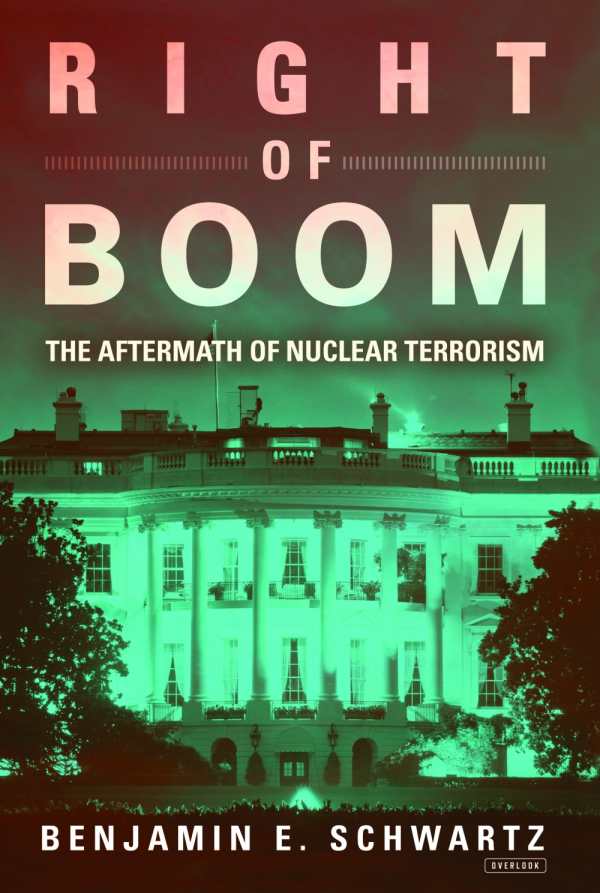
Right of Boom
The Aftermath of Nuclear Terrorism
The book is appropriately unsettling, while remaining a reasoned overview of a hard-to-contain problem.
Where once the threat of nuclear war came primarily from nations, experts generally agree the real danger now is a weapon in the hands of a terrorist organization. In Right of Boom: The Aftermath of Nuclear Terrorism, Benjamin Schwartz examines the history of that changing threat, explains the challenges of facing it today, and presents hypothetical responses to an attack. Schwartz’s resume includes several government departments with national-security missions, and his work succeeds as an informative primer on the many levels of danger inherent in an attack by a non-state organization.
As Schwartz correctly points out, the atomic bomb is 1940s technology, and the science behind it was widely available even when that technology was new. But after decades in which threats of mutually assured destruction kept the nuclear cold war from turning hot, the danger now comes from a combination of unsecured nuclear material, additional states developing nuclear technology, and terrorist groups willing to use such weapons without fear of the consequences. Schwartz discusses national and international efforts on each of these fronts, at the same time highlighting how specific approaches that worked in the past would both benefits and flaws when applied to the present.
Each chapter includes scenes from a hypothetical president’s response to a nuclear attack against Washington. By definition, Schwartz’s predictions for what would happen if a non-state actor set off a nuclear explosion involve speculation, but he provides solid context for how the hypothetical responses would be weighed. He thoughtfully introduces a number of vexing issues—how much proof is necessary to determine the guilty party, how many civilian casualties would be considered “acceptable” in a response scenario, what would happen if a non-state group effectively framed a government for the attack. He points out challenges like juggling the costs of retaliation with those of rebuilding after an attack, or dealing with geographically small states that lack the land or resources to survive even one or two nuclear bombs.
The nature of his subject means Schwartz introduces more questions than answers, and he does so in a serious way that will make readers think about myriad aspects of nuclear terrorism.
Reviewed by
Jeff Fleischer
Disclosure: This article is not an endorsement, but a review. The publisher of this book provided free copies of the book to have their book reviewed by a professional reviewer. No fee was paid by the publisher for this review. Foreword Reviews only recommends books that we love. Foreword Magazine, Inc. is disclosing this in accordance with the Federal Trade Commission’s 16 CFR, Part 255.
